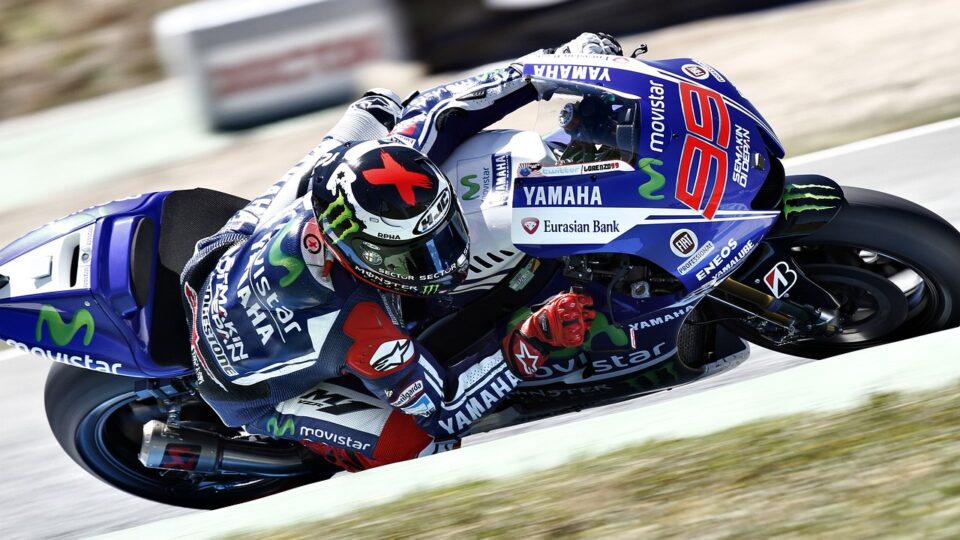There are several steps you can take to make a website super fast, check below list and ensure you didn’t missed a single one while anyone the below list could impact your website’s page loading time.
Choose a fast web hosting provider
Choose a hosting provider that offers fast servers and good network connectivity. Shared hosting plans can be slower than VPS or dedicated hosting plans, so consider upgrading if necessary.
Optimize images
Large images can slow down a website. Optimize images by compressing them and using the right format (e.g., JPEG for photographs, PNG for graphics).
Minimize HTTP requests
Minimize the number of HTTP requests needed to load your website by reducing the number of scripts, stylesheets, and images on your page.
Use a content delivery network (CDN)
While latency could kill your website’s page loading speed you must use a hosting service as much closer to your users/customers location or simply use a CDN service, A CDN stores your website’s files on multiple servers worldwide, allowing visitors to access your website from the closest server, reducing load times.
Enable browser caching
Browser caching saves a copy of your website on a user’s device, allowing the website to load faster the next time they visit.
Optimize code
Optimize your website’s code by minimizing and compressing CSS and JavaScript files. This will reduce the size of your files, resulting in faster load times.
Use a caching plugin
Caching plugins store frequently used data, reducing the number of database queries needed to generate a page and improving performance.
Minimize redirects
Redirects can slow down your website, so minimize the number of redirects needed to reach your content.
By following above steps, you can significantly improve your website’s speed, resulting in better user experience, higher search engine rankings, and increased conversions.
